Spongiotic dermatitis can be very frustrating, especially if you don’t know what is causing your symptoms. We are going to explore the spongiotic dermatitis foods to avoid. Did you know that researchers have found that specific foods can lead to an exacerbation of dermatitis, even with applying an awesome spongiotic dermatitis moisturizer?
My research has concluded that there are certain foods to avoid, (or at least avoid for a bit) to see if your symptoms improve.
By investigating the types of foods you are eating, and how it changes your symptoms, you will develop a better understanding of what foods to avoid to keep your spongiotic dermatitis under control.
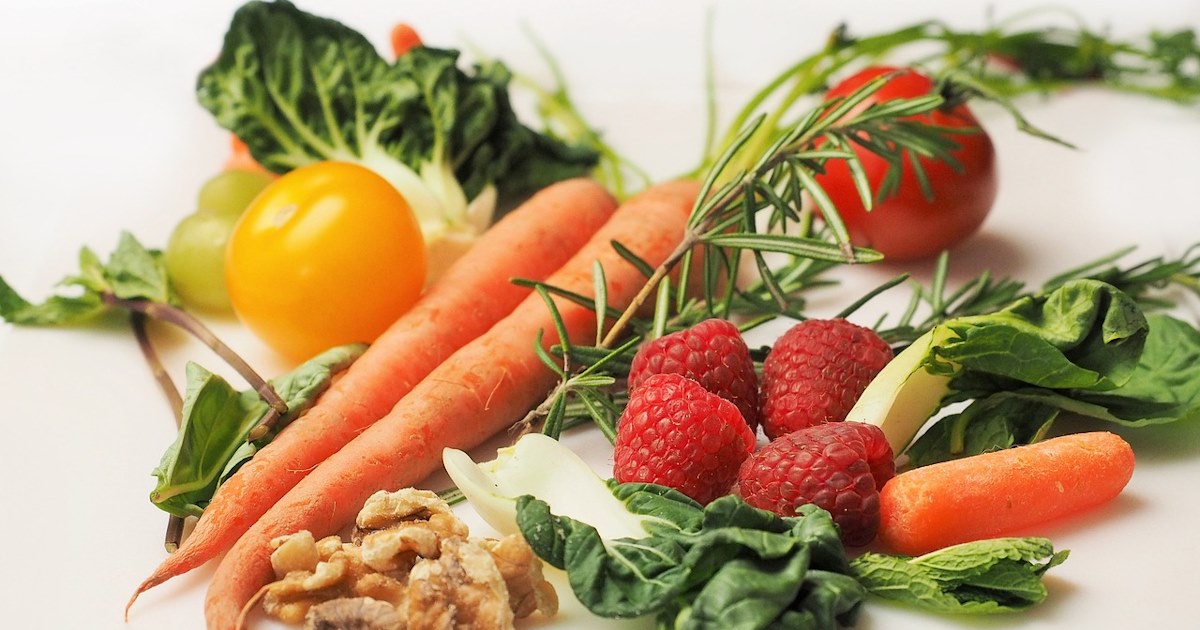
By changing just your diet, you may not completely solve your symptoms, but you will be more in tune with what may be causing your symptoms which will “move the needle” in the right direction.

Every small step you take in the right direction, adds up to big moves! Let’s see what “steps in the right direction” we can take to avoid making your spongiotic dermatitis worse.
Table of Contents
Avoid High-Histamine Foods with Spongiotic Dermatitis

Foods that are high in histamine can cause your immune system to work on overdrive if you have spongiotic dermatitis. SD causes inflammation, and your immune system is trying to resolve the flare-up. When you add high-histamine foods into the body, now your immune system has to focus on both conditions.
Another example is if you have seasonal allergies and have hives (urticaria) on your skin from the pollen in the air, then you eat foods high in histamine, then your body doesn’t know where to start, or is overworked.
According to a dermatology study by Ann Dermatol, the following foods are high in histamine, and considered spongiotic dermatitis foods to avoid.
Fish and Shellfish

Fish is considered a spongiotic dermatitis food to avoid, even though fish is considered a really healthy protein that is filled with many nutrients. But depending on the species of fish or shellfish, you may be consuming excessive histamine as well. Here are the types of fish and shellfish that are considered to have high histamine levels:
- Anchovy
- Crab
- Hairtail
- Lobster
- Mackerel
- Pacific saury (mackerel pike)
- Shrimp
- Squid
- Tuna
Meats
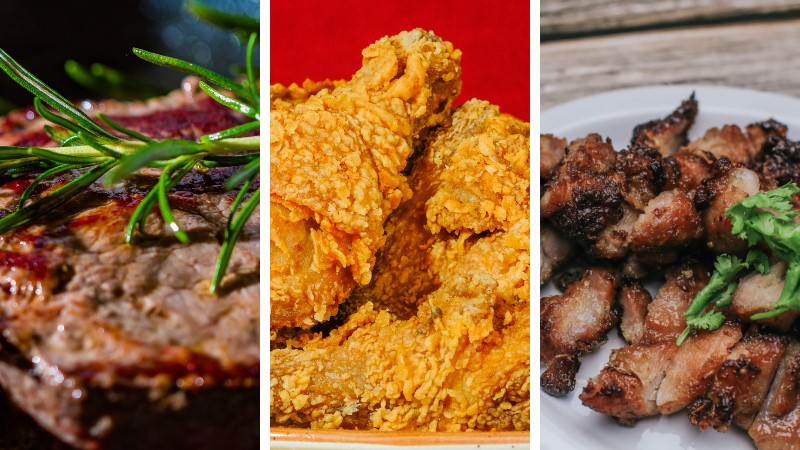
Animal meats do come with some great health benefits when consumed in moderation. Most meats are considered spongiotic dermatitis foods to avoid when you are limiting your histamine intake. The following meats have been identified as high-histamine foods:
- Bacon
- Beef (grilled, boiled, raw)
- Chicken
- Deli meats
- Ham
- Hot dogs
- Pepperoni
- Pork
- Salami
- Sausage
Fermented Foods

People either hate or love foods that are fermented. According to the Heart Foundation, yeast and bacteria break down sugar and turn it into an acid, gas, or alcohol. The fermentation process leaves you with histamine-rich foods, which is not a good choice for a histamine-free diet. Here is a list of high-histamine fermented foods:
- Fermented Cabbage (kimchi)
- Fermented Radish
- Red pepper paste
- Sauerkraut
- Sourdough
- Soybean paste (miso)
Vegetables
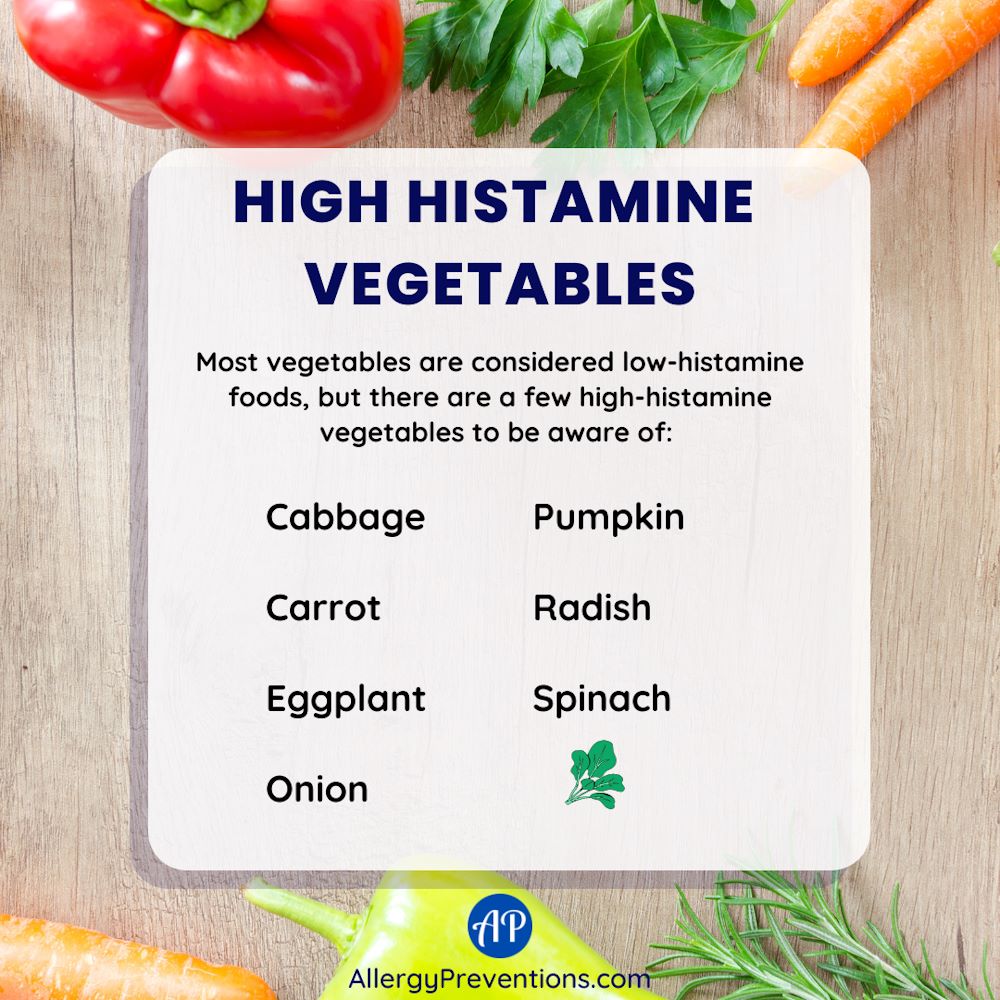
Vegetables have got to be safe when it comes to histamines, right? No. Some vegetables are considered “spongiotic dermatitis foods to avoid”. Although most veggies are good to go (low-histamine), there are a handful that do contain more histamine than others. Here is a list of high-histamine vegetables:
- Cabbage
- Carrot
- Eggplant
- Onion
- Pumpkin
- Radish
- Spinach
Fruits
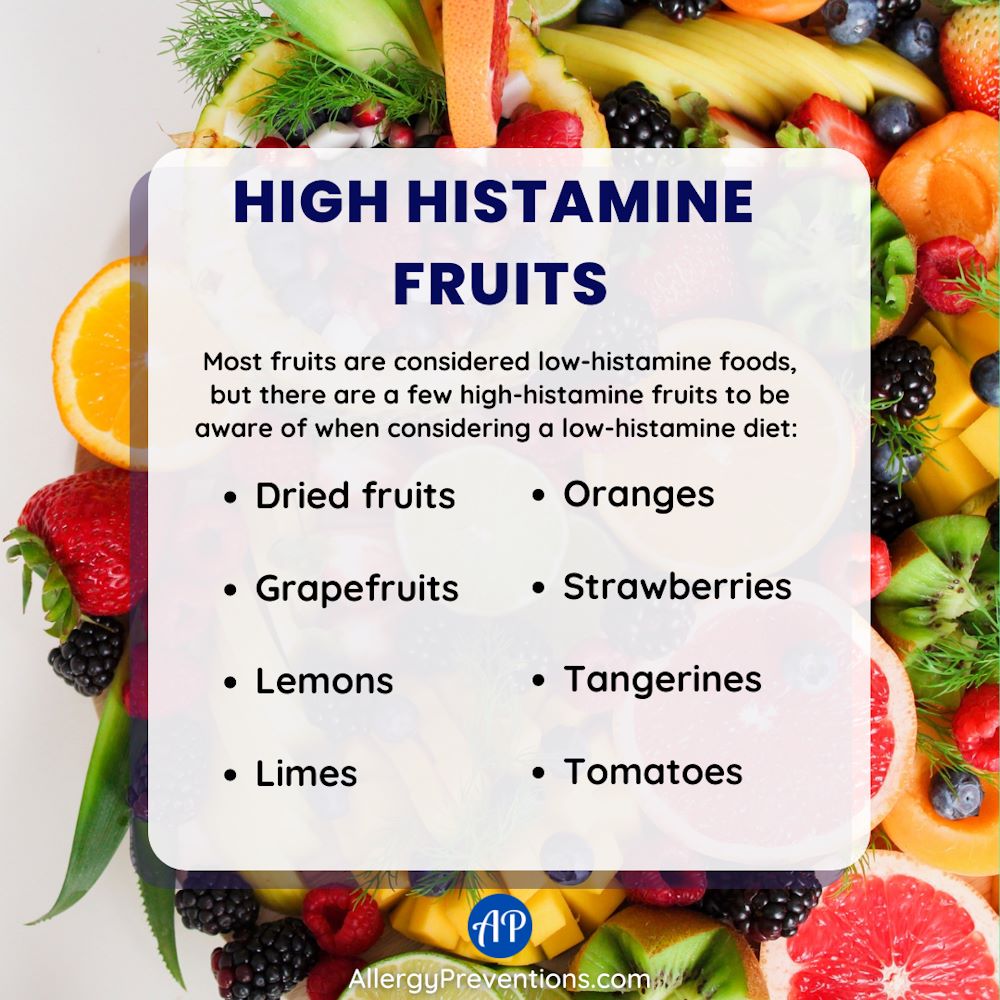
Fruits are nutritious, give you a nice sugar boost, and are fun to eat. If you are looking for spongiotic dermatitis foods to avoid, stay away from this list of fruits:
- Dried fruits
- Grapefruits
- Lemons
- Limes
- Oranges
- Strawberries
- Tangerines
- Tomatoes
Dairy
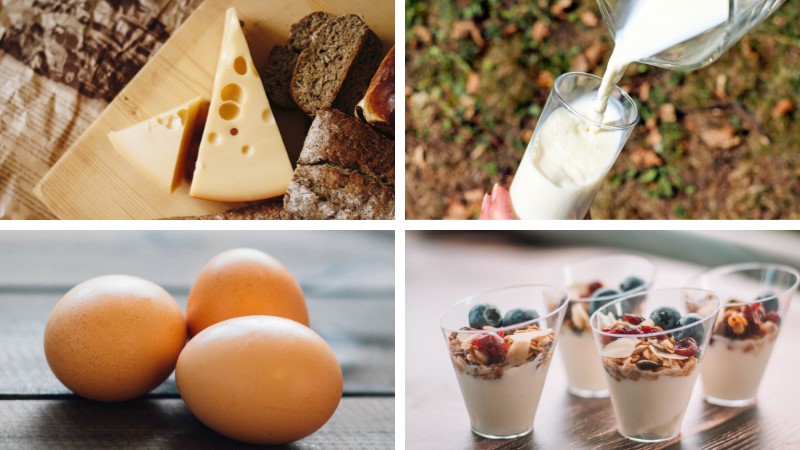
Dairy products may be a food you want to avoid when you have SD. Most milk-containing (and egg) consumables have high histamine numbers. Here is a list of high-histamine dairy products:
- Cheese
- Eggs (boiled or raw)
- Kefir
- Milk
- Yogurt
Drinks
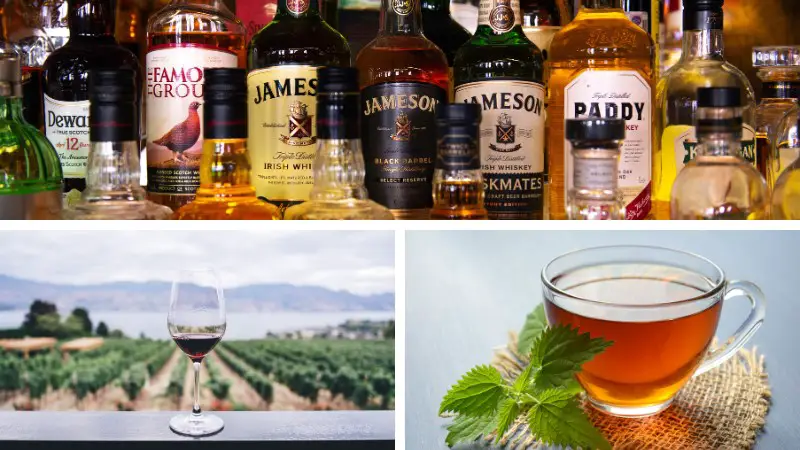
It is not just food items you have to worry about having high-histamine levels, drinks can top the histamine charts too. Here are some drinks you should avoid if you have spongiotic dermatitis and/or looking to lower the overall histamine in your body:
- Alcohol
- Beer
- Green tea
- Kombucha
- Champagne
- Wine (especially red)
Snacks
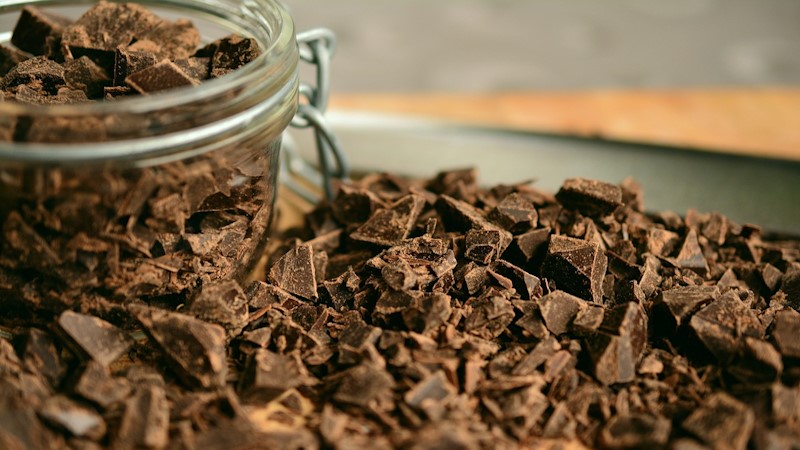
A few snacks are considered a “no-no” when cutting out foods that have elevated histamine levels. Here are the biggest spongiotic dermatitis snack foods to avoid:
- Chocolate
- Laver, toasted or raw
- Nuts
- Pickles
- Seeds
Condiments

Many condiments are considered high-histamine, and their histamine levels do vary by brand and ingredients. Generally speaking, you should avoid these condiments if you suffer from spongiotic dermatitis:
- Fish sauce
- Ketchup
- Mayonnaise
- Mustard
- Soy sauce
- Vinegar
Avoid Eating Fast Food
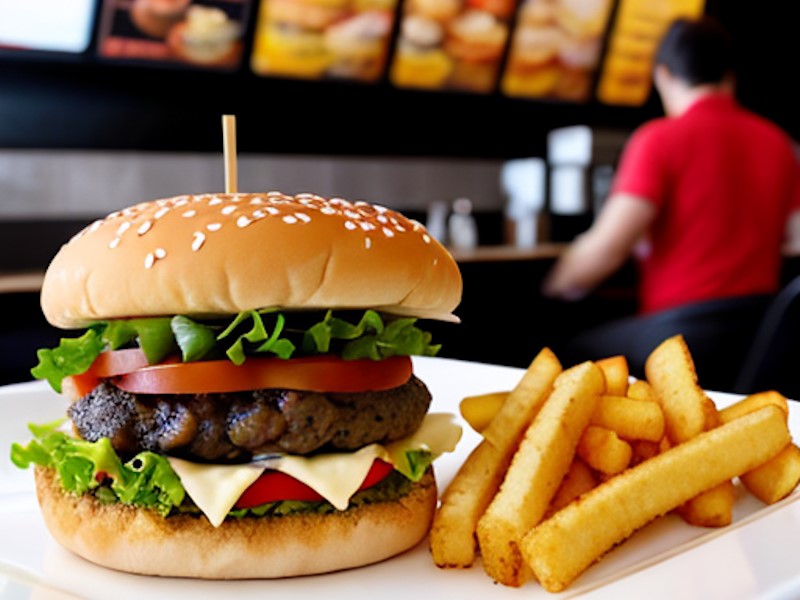
High on the spongiotic dermatitis foods to avoid list, are fast foods. When following a low-histamine diet for the sake of spongiotic dermatitis, it is generally recommended to avoid fast food for several reasons. A few reasons to avoid eating fast food are the histamine-rich ingredients, additives, and potential cross-contamination.
Histamine-rich Ingredients
Fast food often contains ingredients that are high in histamine. Histamine is a compound naturally present in certain foods and can trigger histamine intolerance or allergic reactions in some individuals. Foods like aged cheese, processed meats, fermented products, and certain condiments commonly found in fast food can be problematic for those on a low-histamine diet.
Food Additives

Fast food often contains various food additives and preservatives that can trigger histamine release in the body. These additives, such as monosodium glutamate (MSG), artificial food colorings, and preservatives like sulfites, can worsen histamine intolerance symptoms.
Cross-contamination
Fast food establishments typically handle a wide variety of ingredients, increasing the risk of cross-contamination. This can occur when foods high in histamine come into contact with other ingredients or surfaces, leading to the transfer of histamine and potentially causing a reaction in sensitive individuals.
Unknown Ingredients
When dining at fast food restaurants, it can be challenging to determine the exact ingredients used in the food preparation. Fast food establishments often prioritize efficiency and cost-effectiveness, which may involve the use of pre-packaged or processed ingredients containing hidden sources of histamine.
Poor Nutritional Value

In addition to the histamine-related concerns, fast food is generally associated with poor nutritional value. It tends to be high in unhealthy fats, sodium, refined carbohydrates, and low in essential nutrients. These factors can negatively impact overall health and well-being, regardless of histamine intolerance.
For individuals on a low-histamine diet, it is important to focus on fresh, whole foods and cook meals at home using ingredients that are known to be low in histamine. This allows better control over the ingredients and ensures a healthier, histamine-conscious diet.
Avoid Foods That You Are Allergic To
The spongiotic dermatitis foods to avoid besides high-histamine foods, are any foods that you have an allergy to. The most common food allergies are the “Big 8” (Now the “Big 9”). If you are allergic to these foods, try cutting them out of your diet for a few weeks and see if your condition improves.
If you are unsure if you have food allergies, speak with your doctor about food allergy testing. Did you know? About 90% of all food allergies in the world can be categorized into the “Big 9” allergens.
Big 9 Allergen List
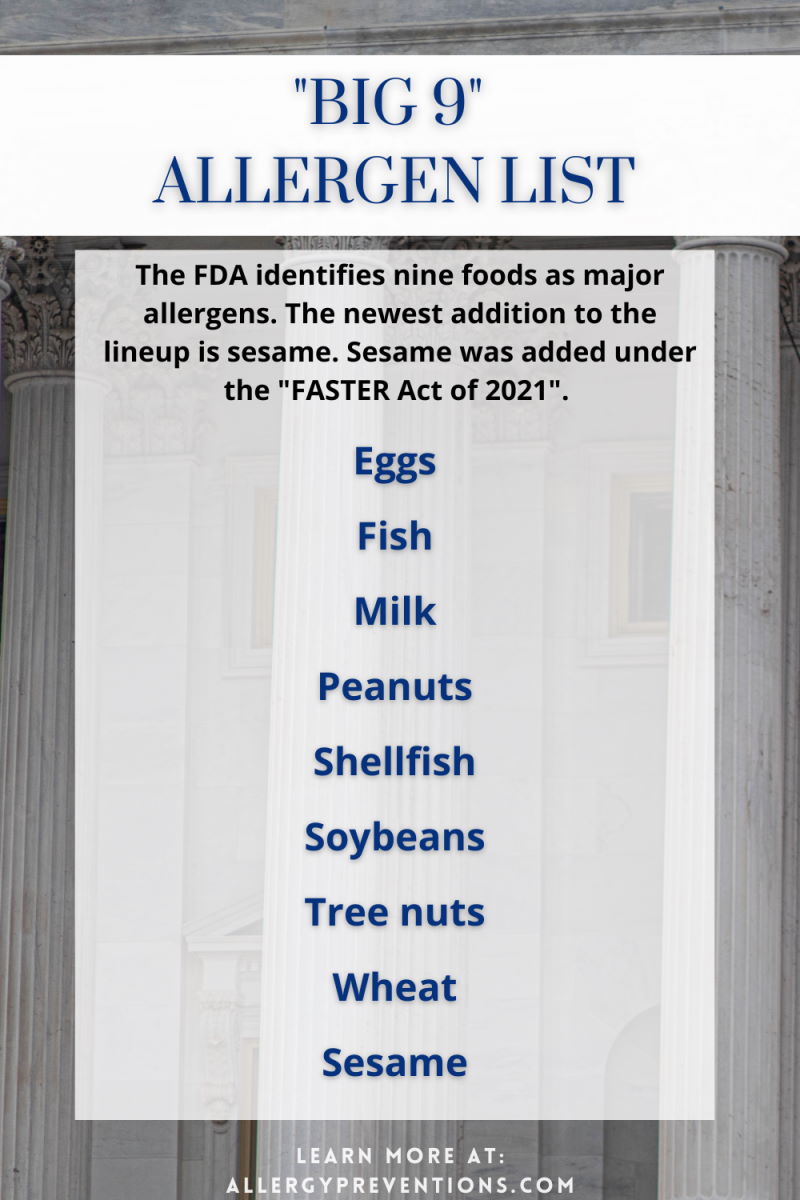
Here are the Big 9 allergen foods that may be causing dermatitis, and are considered spongiotic dermatitis foods to avoid:
- Eggs: Includes geese, ducks, and quail.
- Fish
- Milk: Includes goats, sheep, deer, and buffalo.
- Peanuts
- Shellfish
- Soybeans
- Tree nuts
- Wheat
- Sesame
Consider a Food Elimination Diet
An elimination diet is when you remove a specific food item from your diet for 2 to 4 weeks and then reintroduce them back into your diet to try and find what you might have an allergy or intolerance to. The University of Wisconsin, explains this process in great detail and also lists the main steps to conducting an elimination diet.
You can grab their PDF file here: UW Integrative Health “The Elimination Diet”
Of course, Talk with your doctor about starting a food-elimination diet! But, something you are eating may be causing your spongiotic dermatitis.
Spongiotic Dermatitis Specific Diet
There is no perfect diet when it comes to spongiotic dermatitis (SD), you will need to find out if you have any food allergies or sensitivities and create a diet around that (with the help of your doctor).
Changing your diet may help with alleviating SD symptoms, and in some cases get rid of symptoms completely. Avoiding foods you are allergic to, as well as high-histamine foods, is a really solid start to improving your spongiotic dermatitis.
Low Histamine Foods for a Spongiotic Dermatitis Diet
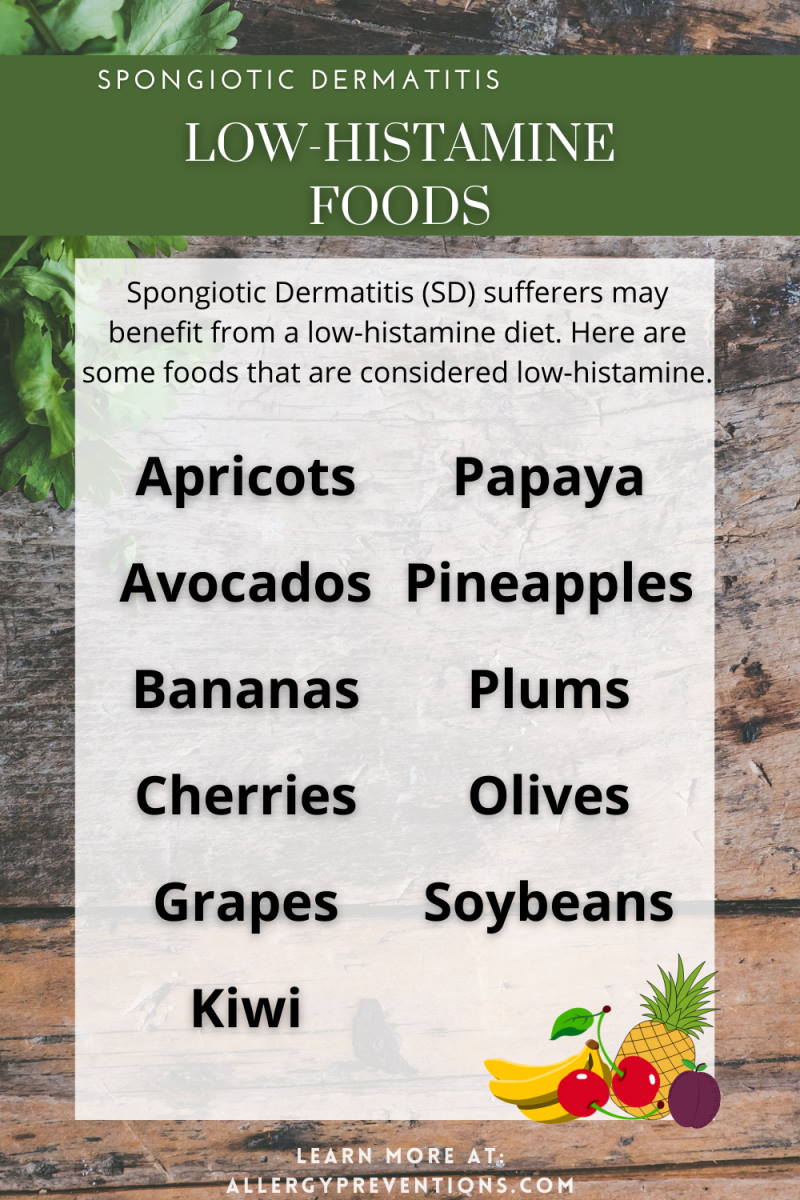
Choosing foods that are considered low-histamine may help improve your health and symptoms. Here are some scientifically tested low-histamine foods that may improve your condition:
- Apricots
- Avocados
- Bananas
- Cherries
- Grapes
- Kiwi
- Papaya
- Pineapples
- Plums
- Olives
- Soybeans
Unfortunately, there is much debate on which foods to avoid for a low histamine diet. Find what foods make YOU feel better, or that improve your symptoms.
Spongiotic Dermatitis Foods to Avoid FAQs
These are the frequently asked questions I have run across for spongiotic dermatitis.
What triggers spongiotic dermatitis (SD)?
SD can be triggered by certain foods, allergies, other health conditions, and even drug reactions.
What foods make spongiotic dermatitis worse?
Foods that are high in histamine or that you have an allergy or sensitivity to are found to make spongiotic dermatitis worse. Avoid foods you are allergic to, and discuss a low-histamine diet with your doctor.
Does spongiotic dermatitis ever go away?
Maybe. There are many probable causes of SD like food, allergies, and medications. So, technically if you avoid what is causing your symptoms, your symptoms should go away
Is spongiotic dermatitis curable?
There is no cure for the actual inflammation of the skin (natural response), but avoiding your triggers will prevent SD from coming back.
Are eggs bad for spongiotic dermatitis?
Yes, eggs are considered a high-histamine food that can trigger spongiotic dermatitis flare-ups.
Ready for more information?
Check out “Spongiotic Dermatitis 101“, and the “Best Moisturizers for SD” articles for some really great information. If you have already browsed all the SD articles and still have questions, please send me an email: Chris@allergypreventions.com
